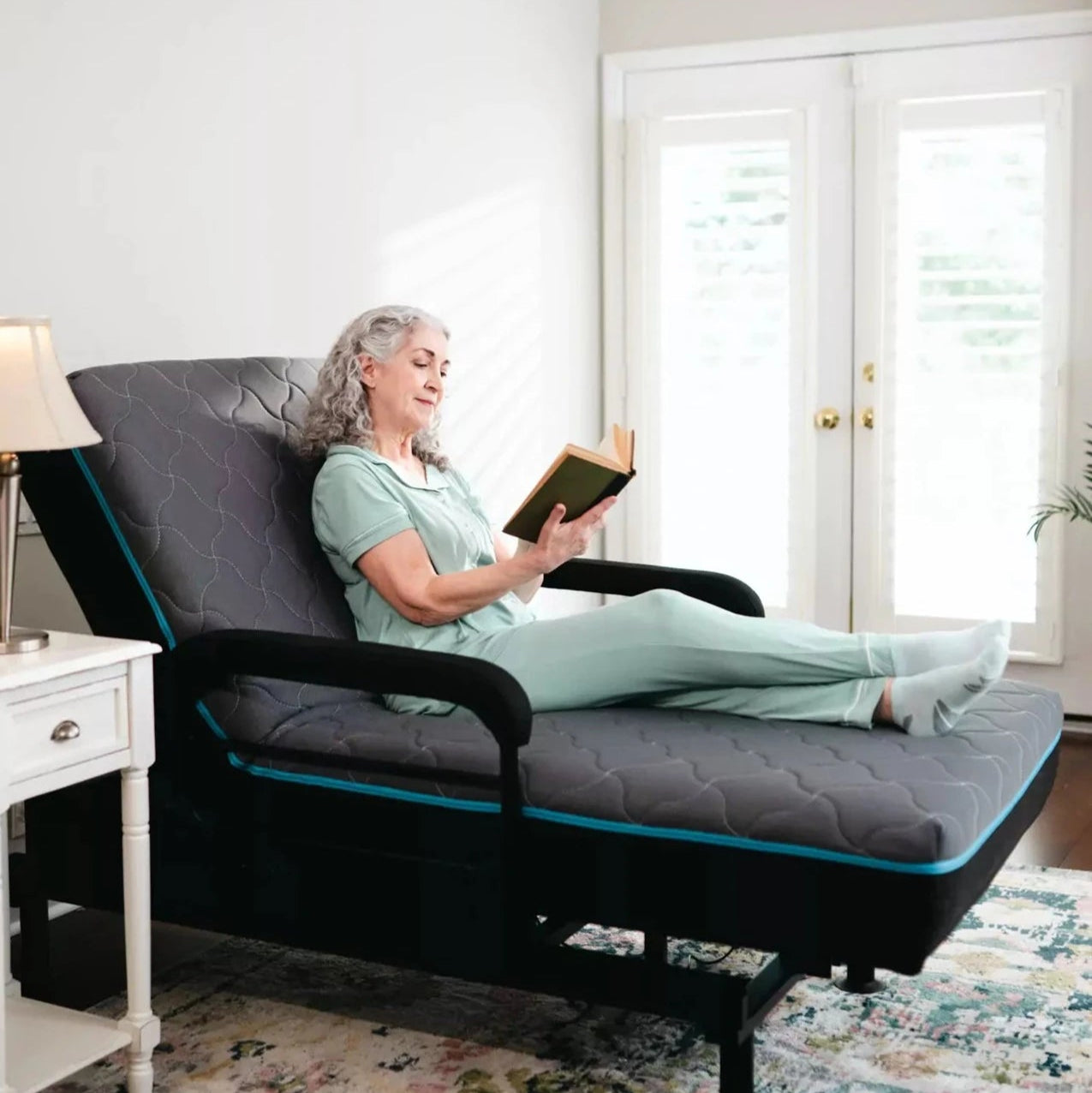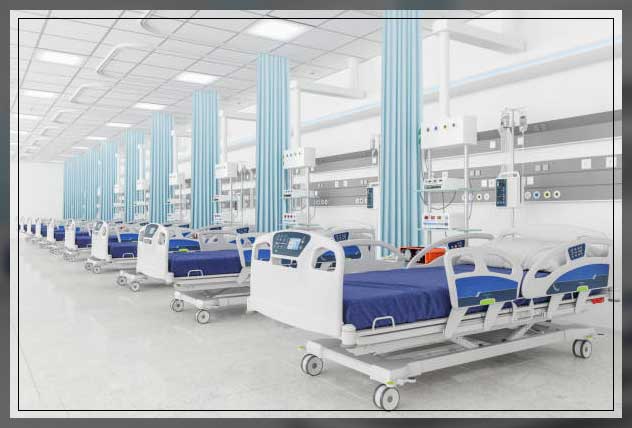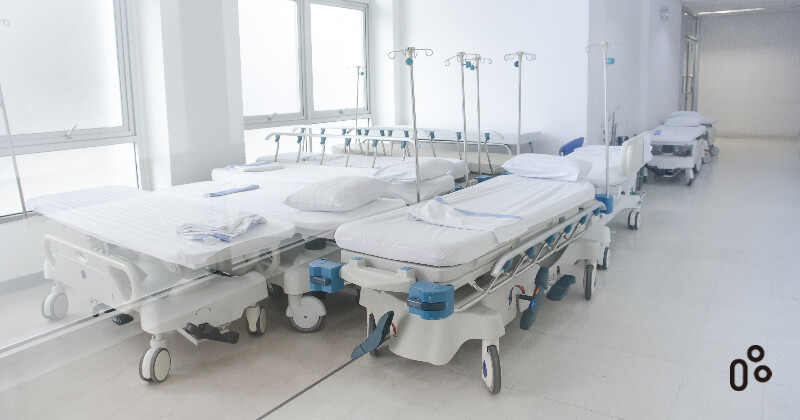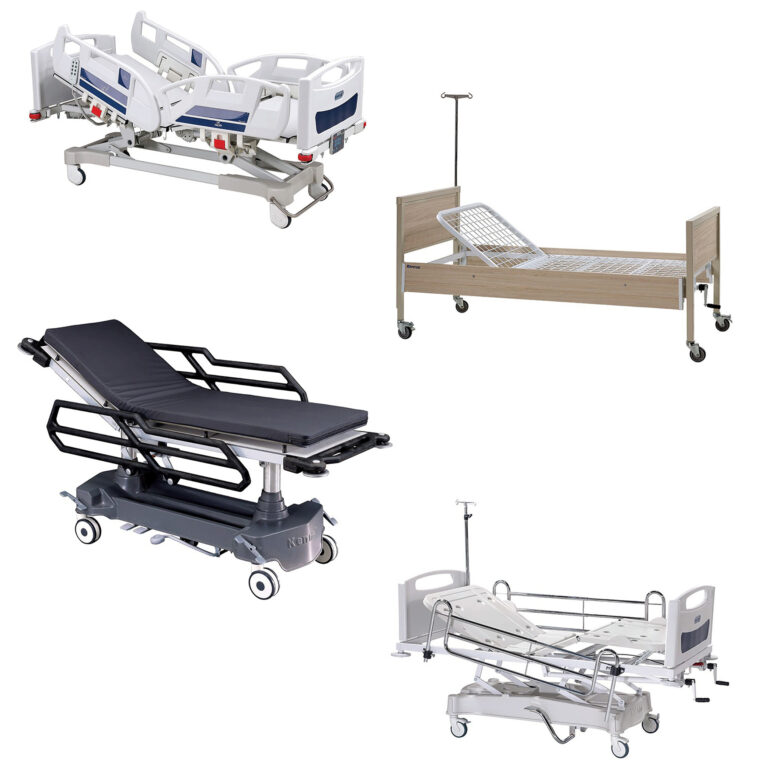The Best Strategy To Use For Hospital Beds For Home Use
The Basic Principles Of Hospital Beds For Home Use
Table of ContentsSome Known Factual Statements About Hospital Beds For Home Use Indicators on Hospital Beds For Home Use You Need To KnowThe Basic Principles Of Hospital Beds For Home Use Getting My Hospital Beds For Home Use To WorkFascination About Hospital Beds For Home UseNot known Incorrect Statements About Hospital Beds For Home Use The Only Guide to Hospital Beds For Home Use
There are three major sorts of medical facility beds: manual, semi-electric, and fully-electric. However, more kinds of medical beds exist and they are detailed below. These beds use hand cranks to change the bed's elevation and increase and decrease the head and the foot. Hand cranks are generally located at the foot of the bed and need a person that is literally efficient in operating.
Semi-electric beds have an electric motor to raise and reduce the head and foot sections of the bed. Clients and caretakers readjust the positioning by pushing buttons using a hand necklace. The elevation of the bed is readjusted manually with a hand crank. Full-electric beds have an electric motor that can increase the head and foot areas of the bed as well as the entire elevation and positioning of the bed.
See This Report about Hospital Beds For Home Use
There are numerous kinds of medical facility beds, each made to fulfill certain individual needs. Below are some typical types: This is the most typical type of healthcare facility bed, developed for basic medical usage.
Lower to the ground than a conventional bed. This type of bed is made for larger patients, with a larger frame and greater weight capacity than a typical bed.
This kind of bed is developed for seriously ill patients that require open surveillance and specialized clinical devices such as ventilators and mixture pumps. This sort of bed is developed for usage during labor and shipment, with adjustable placements and functions to sustain the mom and baby during the birth process.
Excitement About Hospital Beds For Home Use
Several feature and the devices perform broadening grip to various parts of the vertebra and the extremities without moving the body. These are simply a couple of examples of the kinds of health center beds available. The specific sort of bed utilized will certainly depend on the client's condition, clinical demands, and various other variables.
Right here is things you need to understand. A one-function hospital bed is a medical bed that enables a person to relocate just the head or foot section up or down. A 2 function health center bed typically refers to a kind of clinical bed that has two flexible functions to help people in hospitals or treatment centers.

Some Ideas on Hospital Beds For Home Use You Need To Know
A 7-function ICU bed is a sort of clinical bed that provides a number of adjustable features to sustain seriously unwell clients in an intensive care system (ICU) (hospital beds for home use). The seven functions normally consist of: Backrest change: The back-rest can be adapted to different angles to help the individual stay up or lie down easily
Elevation modification: The bed can be elevated or lowered to make it much easier for people to get in and out of bed, and for caretakers to give treatment. Trendelenburg placement: The whole bed can be tilted to advertise blood circulation and blood circulation in the body. Reverse Trendelenburg setting: The bed can additionally be slanted in the contrary direction to advertise blood circulation and blood circulation in the top body.
While more affordable than electrical versions, these beds require physical effort for adjustments. The main advantages of hands-on beds are their affordability and reliability, as they do not count on electrical energy. The requirement for hands-on initiative can be a restriction in situations where quick adjustments are required or where caretakers encounter physical challenges.
Hospital Beds For Home Use - Truths
Semi-electric healthcare facility beds offer an equilibrium of handbook and electric controls. These beds supply a perfect middle ground between guidebook and completely electrical choices, supplying ease of usage without the complete cost of electrical designs.
Semi-electric beds are fit for clients that require moderate changes to the head and foot areas but can handle without frequent elevation modifications. This makes them a cost-effective service for those seeking convenience and convenience without the demand for consistent repositioning. Fully electric health center beds feature electrical controls for seamless modifications to the elevation, head, and foot sections.
Specialty medical facility beds, such as ICU beds, long-lasting treatment beds, and bariatric beds, are carefully designed to deal with particular clinical needs. These beds use tailored take care of varied person teams, boosting both outcomes and comfort. In the following sections, we will discover the major kinds of specialized medical facility beds, describing their certain advantages and applications.
With years of experience in producing electrical linear actuators - hospital beds for home use and close collaboration with the medical care market, TiMOTION is well-positioned to supply trusted medical care remedies. Our up and down incorporated firm takes care of every action of the manufacturing procedure, from layout to actuator setting up, ensuring we supply exceptional value and customized solutions tailored to your specific demands
Not known Details About Hospital Beds For Home Use

To find out more about integrating these technologies right into your items, contact us today. More analysis:.
Information is sourced from the Medicare Expense Report.

Hospital Beds For Home Use Can Be Fun For Everyone
A medical facility bed is a bed developed particularly for clinical purposes. It is not only a place for clients to rest, however additionally a platform for medical operations. Unlike average home beds, medical facility beds normally have adjustable attributes, which can help with clinical team to make various changes according to the demands of patients, such as altering the height, disposition, and support angle of the back and legs of the bed.